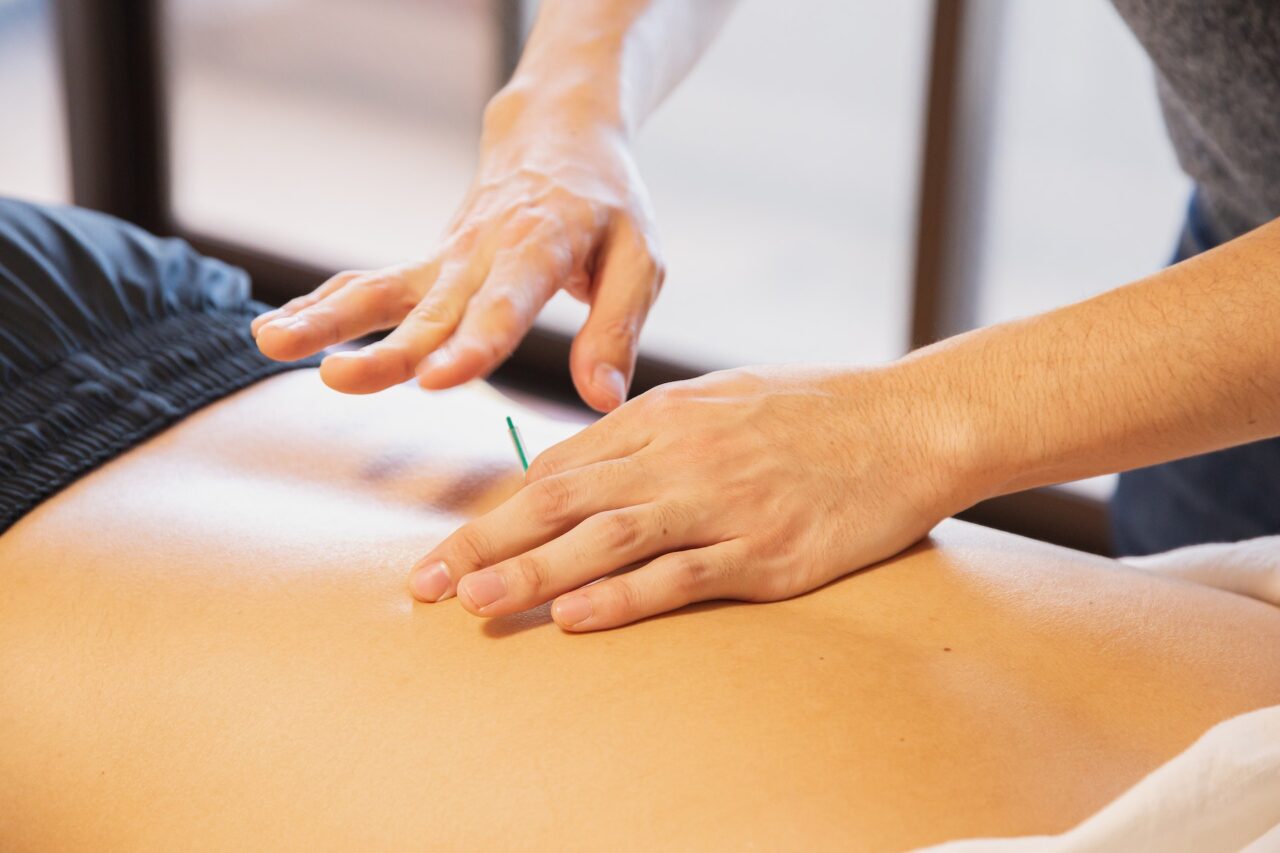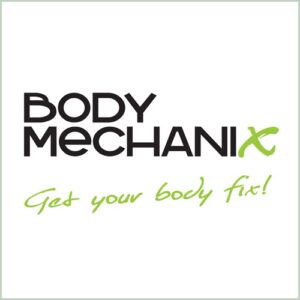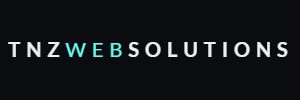Introduction: Exploring the Art of Acupuncture Therapy
Acupuncture therapy, originating from traditional Chinese medicine, has gained recognition for its holistic approach to healing the body and mind. The therapy involves inserting fine needles into specific points on the body to restore balance and harmony, aiming to promote overall well-being and manage various types of pain. For instance, a study published in the Journal of Pain Research highlighted the positive impact of acupuncture therapy in reducing pain intensity and improving physical function in individuals with chronic knee pain. This exemplifies the broad spectrum of pain conditions that can be effectively managed through acupuncture therapy, underscoring its versatility in addressing diverse sources of discomfort.
Furthermore, the concept of restoring balance and harmony through acupuncture aligns with the integrative role of the therapy in promoting overall wellness. By targeting the underlying causes of pain and discomfort, acupuncture aims to address not only the physical symptoms but also the mental and emotional aspects of well-being. This comprehensive approach resonates with the principles of traditional Chinese medicine, which views the body as a unified system where physical, mental, and emotional aspects are interconnected. As a result, acupuncture therapy not only provides relief from pain but also contributes to the enhancement of the individual’s overall quality of life, making it a comprehensive and multifaceted approach to pain management.
Acupuncture therapy has become increasingly accessible in today’s modern world, offering individuals a unique and effective means of easing pain and promoting the body’s natural healing processes. By exploring the nuances of acupuncture therapy and its impact on overall well-being, individuals can gain valuable insights into the therapeutic benefits of this ancient healing practice.
Limited research exists on the relationship between acupuncture sensation and therapeutic benefit, highlighting the need for further exploration. While the existing research provides valuable insights, additional studies are essential to comprehensively understand the correlation between acupuncture sensation and the therapeutic effects of acupuncture. For instance, a recent study investigated the relationship between acupuncture sensation and analgesic effect, involving 53 healthy volunteers who received three different forms of acupuncture in a single-blinded crossover design. The study’s findings revealed that maximum acupuncture sensation and pressure pain threshold increase were observed with needling accompanied by rotation. This suggests that needle rotation and acupuncture sensation may indeed play a crucial role in verifying the effect of acupuncture in pain management, shedding light on the intricate connection between needling techniques and therapeutic outcomes.
Furthermore, the significant correlation observed between acupuncture sensation and changes in pressure pain threshold underscores the potential for acupuncture sensation to contribute to the therapeutic benefits of acupuncture. This emphasizes the need for continued research to delve deeper into the specific mechanisms through which acupuncture sensation influences pain management and overall well-being. By exploring the intricate relationship between needling techniques, acupuncture sensation, and therapeutic outcomes, future studies can provide invaluable insights into enhancing the efficacy of acupuncture therapy for managing pain and promoting holistic wellness.
Research has shown that needle rotation significantly contributes to acupuncture sensation and pressure pain threshold, thus playing a crucial role in the therapeutic effects of acupuncture. This emphasizes the importance of understanding the role of needle rotation in maximizing the therapeutic benefits of acupuncture and highlights the potential for further studies to explore the specific mechanisms through which acupuncture sensation influences pain management and overall well-being. By delving deeper into the intricate relationship between needling techniques, acupuncture sensation, and therapeutic outcomes, future research can provide invaluable insights into enhancing the efficacy of acupuncture therapy for managing pain and promoting holistic wellness.
Acupuncture therapy has shown remarkable potential in managing pain and promoting overall well-being. The therapy has been found to effectively address various types of pain, including musculoskeletal pain, headaches, injuries, chronic pain conditions, and menstrual pain. For instance, a study published in Complementary Therapies in Medicine explored the effectiveness of acupuncture in managing postoperative pain, revealing significant reductions in pain intensity and analgesic consumption for individuals undergoing surgical procedures. This illustrates the broad applicability of acupuncture therapy in addressing diverse sources of pain, emphasizing its versatility and effectiveness in pain management across different conditions.
Moreover, acupuncture therapy takes a holistic approach to pain management, focusing not only on alleviating physical symptoms but also on enhancing overall well-being. By targeting the underlying causes of pain and discomfort, acupuncture aims to restore balance and harmony in the body, thereby promoting a sense of wellness and vitality. This integrative approach is aligned with the principles of traditional Chinese medicine, which views the body as a unified system where physical, mental, and emotional aspects are interconnected. As a result, acupuncture therapy not only provides relief from pain but also contributes to the enhancement of the individual’s overall quality of life, making it a comprehensive and multifaceted approach to pain management.
Acupuncture therapy offers a unique and effective means of easing pain and stimulating the body’s natural healing processes. By exploring the full scope of acupuncture therapy and its potential benefits, individuals can gain valuable insights into the therapy’s versatility in addressing diverse sources of pain and promoting overall well-being.
When it comes to acupuncture therapy, the technique of needle manipulation is of paramount importance in ensuring the therapeutic effects for patients. Proper needle manipulation not only contributes to the comfort of the patient during the procedure but also significantly influences the overall treatment outcomes. For instance, the skillful manipulation of needles by the acupuncturist can determine the depth and angle of insertion, as well as the duration of needle retention, all of which are crucial factors in delivering the desired therapeutic benefits.
Furthermore, a noteworthy aspect of needle manipulation in acupuncture is the role of needle rotation. Research has indicated that needle rotation is instrumental in verifying the effect of acupuncture in pain management. This is particularly significant as needle rotation has been found to have a discernible impact on acupuncture sensation and the pressure pain threshold. For instance, a study revealed that maximum acupuncture sensation and an increase in pressure pain threshold were observed with needling accompanied by rotation, underscoring the correlation between needle manipulation and the therapeutic effects of acupuncture.
The incorporation of needle rotation and its impact on acupuncture sensation and the pressure pain threshold highlights the intricacies of needling techniques and their influence on the therapeutic outcomes of acupuncture. This underscores the significance of skillful needle manipulation and the potential for further research to explore the specific mechanisms through which needle manipulation contributes to the overall well-being of individuals seeking acupuncture therapy.
Acupuncture Techniques and Their Applications
Acupuncture and dry needling are both needling techniques used for pain management, and while they share similarities in their applications and mechanisms of action, there are also key differences that warrant attention. Acupuncture, rooted in traditional Chinese medicine, involves inserting needles into specific points on the body to restore balance and harmony, aiming to promote overall well-being and manage pain. On the other hand, dry needling focuses on targeting myofascial trigger points to alleviate pain and improve musculoskeletal function.
One specific example of the difference between these techniques lies in their theoretical foundations. Acupuncture is based on the concept of meridians and the flow of energy, known as Qi, throughout the body. In contrast, dry needling is founded on Western neuroanatomy and the understanding of musculoskeletal pain conditions. These fundamental disparities underline the need for further research to explore the correlation between trigger point categories and Chinese medicine theory, ultimately aiming to refine needling techniques and enhance clinical outcomes in pain management.
The ongoing research and exploration of these needling techniques not only contribute to advancing knowledge in nonpharmacologic pain management but also pave the way for collaboration between different medical systems. As the understanding of acupuncture and dry needling continues to evolve, the potential for integrating the strengths of both techniques to optimize patient care and treatment outcomes becomes increasingly evident, emphasizing the interdisciplinary nature of pain management and the need for a holistic approach to addressing pain and discomfort. Therefore, further research to improve needling techniques and foster collaboration between different medical systems is crucial for enhancing the effectiveness of pain management strategies and promoting overall well-being.
Training and Education for Acupuncturists
Acupuncture education is a comprehensive process that requires extensive training and dedication. Novice acupuncturists undergo rigorous training to master essential needle insertion parameters, ensuring precision and patient comfort during treatments. This involves extensive practice using phantom models and the application of sensing technologies to track needle manipulation and measure performance. For example, a study focused on controlling the depth of acupuncture needle insertion recruited 10 novice acupuncture students, revealing a significant improvement in learning performance over time for the entire group. This exemplifies the commitment to honing essential skills and the potential for continued improvement in performance beyond the initial learning phase.
Moreover, personalized training programs play a crucial role in shaping individual learning patterns and optimizing the quality of patient care. The integration of continuous performance tracking using sensing technologies provides valuable insights into the progress of novice acupuncturists, highlighting the importance of tailored guidance and support throughout their educational journey. This emphasis on personalized training not only enhances the proficiency of acupuncturists but also fosters a deeper understanding of the intricate art of acupuncture therapy, ultimately benefiting the patients they serve.
In light of these considerations, the field of acupuncture education constantly strives to refine and elevate the training experience, recognizing the profound impact it has on the therapeutic outcomes and overall well-being of individuals seeking acupuncture services. It is through the unwavering commitment to excellence in education and training that acupuncturists can truly master the art of this ancient healing practice, making a meaningful difference in the lives of their patients.
Risks and Benefits of Acupuncture Therapy
When considering the potential risks and benefits of acupuncture therapy for pain management in comparison to opioid use, it becomes evident that further research is essential to refine needling techniques and enhance clinical outcomes. While acupuncture offers a holistic approach to pain management without the potential risks associated with opioid use, such as addiction and overdose-related deaths, there is a need to explore and optimize its therapeutic potential further. This underscores the importance of continued research and innovation in acupuncture therapy to ensure its effectiveness in addressing pain and discomfort.
Moreover, the collaborative effort between different medical systems is critical in establishing common ground and advancing clinical outcomes in nonpharmacologic pain management. By integrating traditional Chinese medicine practices with conventional medical approaches, there is an opportunity to expand the understanding of pain management and improve the overall well-being of patients. This collaborative approach aligns with the comprehensive and integrative nature of acupuncture therapy, emphasizing the need for ongoing cooperation and knowledge exchange among healthcare professionals to optimize patient care and outcomes. Ultimately, the pursuit of collaborative research and practice serves to elevate the standard of care in pain management and enhance the therapeutic benefits of acupuncture for individuals seeking alternative and effective treatment options.
To explore the full scope of acupuncture therapy and its potential benefits, readers are encouraged to visit the website of Body Mechanix, a multidisciplinary clinic offering a range of holistic health services, including acupuncture. By accessing the clinic’s website at Body Mechanix, individuals can gain insights into the expertise of skilled practitioners and the personalized care available to address their pain management and overall wellness needs.
Collaboration and Advancement in Nonpharmacologic Pain Management
Collaboration between different medical systems is essential to advancing knowledge in nonpharmacologic pain management. By integrating traditional Chinese medicine with modern Western medical practices, researchers and practitioners can gain a deeper understanding of the mechanisms and benefits of acupuncture therapy. This collaboration can lead to improved treatment approaches and better patient outcomes in nonpharmacologic pain management.
Moreover, the integration of diagnostic imagery with needling therapies can provide valuable insights into the study and treatment of myofascial trigger points, enhancing the effectiveness of acupuncture and dry needling techniques. This interdisciplinary approach allows for a comprehensive understanding of pain conditions and contributes to the development of more targeted and personalised treatment strategies. As a result, patients can benefit from a more holistic and effective approach to managing pain, promoting overall well-being, and optimising their health outcomes.
Emphasis on the potential for collaboration between different medical systems to enhance clinical outcomes highlights the importance of a multidisciplinary approach in addressing pain and discomfort. This approach ensures that patients receive comprehensive care that considers both the physical and emotional aspects of pain management. For those seeking effective nonpharmacologic pain management solutions, exploring the collaborative efforts of different medical systems can provide valuable insights and a more comprehensive approach to addressing pain and discomfort.
For further information about nonpharmacologic pain management and the collaborative treatment approaches offered by Body Mechanix, visit the clinic’s website.
Upsell for Body Mechanix Clinic
Body Mechanix is a multidisciplinary clinic that takes a “one-stop” health shop approach to treating pain or health issues. The clinic provides a variety of services, including chiropractic, podiatry, acupuncture, and massage. The skilled practitioners at Body Mechanix are dedicated to optimizing the health and well-being of their clients through personalized care and hands-on treatment. They are an ACC Treatment Provider and are affiliated with Southern Cross, accepting Bartercard and Qoin as payment options. If you’re interested in exploring the range of services and consulting with experienced practitioners, you can visit the clinic’s website at Body Mechanix for more details.
For those seeking an integrative approach to pain management and overall wellness, Body Mechanix offers a comprehensive suite of services designed to address various health needs. Whether you’re looking for nonpharmacologic pain management options, personalized care, or holistic wellness solutions, the clinic’s skilled practitioners are committed to providing tailored treatments to meet individual needs. By visiting the website, you can gain insights into the clinic’s approach, the expertise of its practitioners, and the diverse range of services available, empowering you to make informed decisions about your health and well-being.
Call to Explore Our Services
Body Mechanix offers a comprehensive range of acupuncture services aimed at promoting holistic wellness and providing personalized care to clients. The clinic’s skilled practitioners are dedicated to optimizing the health and well-being of individuals through a tailored approach to acupuncture therapy. By visiting the clinic’s website at Body Mechanix, individuals can explore the diverse range of acupuncture treatments available, each designed to address specific health concerns and promote overall wellness.
Whether seeking relief from musculoskeletal pain, headaches, chronic pain conditions, or other discomforts, individuals can benefit from the expertise of the clinic’s acupuncturists. The personalized care provided at Body Mechanix ensures that each client’s unique needs and health goals are taken into consideration when developing a treatment plan. With a focus on restoring balance and harmony in the body, acupuncture therapy at Body Mechanix is tailored to address both physical symptoms and overall well-being, aligning with the holistic approach to healing that the clinic advocates.
For those looking to experience the therapeutic benefits of needle therapy and embark on a journey towards improved health, a visit to the Body Mechanix website provides an opportunity to learn more about the clinic’s commitment to holistic wellness and the expertise of its practitioners. Whether seeking relief from pain or aiming to enhance overall well-being, exploring the acupuncture services offered by Body Mechanix is a step towards experiencing the transformative effects of acupuncture therapy.













